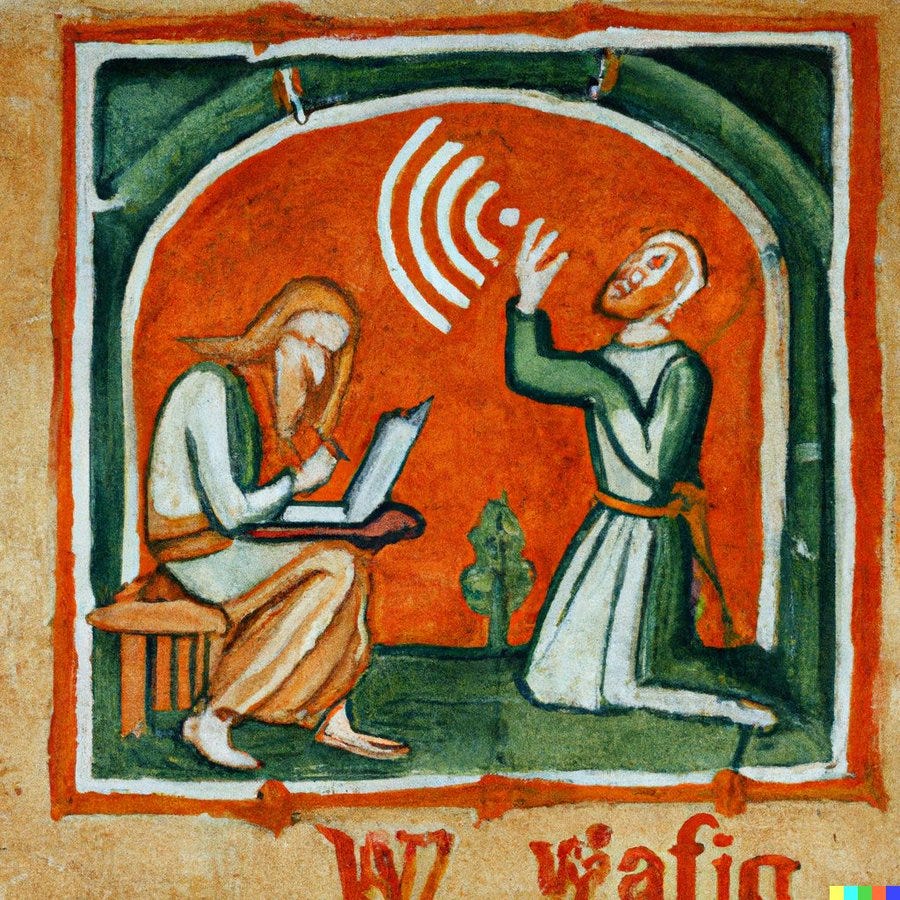PubTech Radar Scan: Issue 17
What’s in this issue: New stuff 🆕: TooWrite, PhrasePerfect, Writefull, DIMPACT, Plan P, MugsPubs, HELIOS, Cureus Wall of Shame, STM’s new Integrity Hub. Acquisitions 🛒: Ringgold, Mind the Graph, and Interfolio. News 📰: STM Trends, TikTok fuels book purchases, Kent Anderson on the “intolerant tribe of “open” believers, a couple of interesting items about papermills, FTI’s Tech trends, DALL-E, Knowledge Exchange Scoping paper on Alternative Publishing Platforms, and more.
New products and services
TooWrite: TooWrite Abstracts is a free tool to help write scientific abstracts. “The best way to describe how the TooWrite Platform works is to compare it to the traditional method of scientific writing. The traditional method is very much like writing an essay: you start with a blank page, you draft and you re-draft, it’s exhausting and it’s beyond fraught with accessibility issues. On TooWrite, it’s much more like answering a self-composed questionnaire, with all the support and teaching tools you would typically be provided over the course of a lengthy scientific course.” [Article / Website]
PhrasePerfect: another interesting tool to help researchers with their writing. A bit like an interactive version of the Academic Phrasebank
Writefull now offers Publishers APIs for automatic manuscript categorization and metadata extraction. Early adopters are Hindawi and ACS.
DIMPACT: A collaborative project, convened by Carnstone with researchers from the University of Bristol and various media companies, that aims to develop an online tool to calculate the carbon emissions of the downstream value chain of digital media content.
Plan P: “Promoting partnership between progressive academic institutions, peer-review services, and leading pure Open Access journals”
MugsPubs: a new blog about trials and tribulations of working in the journal publishing industry from Robyn Mugridge at Frontiers.
HELIOS (Higher Education Leadership Initiative for Open Scholarship ) launches with a focus on collective action
Cureus Wall of Shame see also comments on Retraction Watch. Sure most of us have wanted to post an example of totally outrageous behaviour on a wall like this at some point in time 😈.
ImageTwin: A new AI-based software to automatically detect integrity issues in figures of scientific articles.
News:
The latest STM Trends (no longer Tech Trends) Infographic paints a pretty picture but I am not so sure the ecosystem is going to be as harmonious as portrayed. Also see Kent Anderson on the “intolerant tribe of “open” believers” (I don’t agree with Kent’s views about preprints but I think there’s an element of truth in this post).
UK publishers take £6.7bn in sales as TikTok crazes fuel purchases
arXiv and Scopus to collaborate to optimize member data views & increase institutional visibility of researcher contributions. The Twitter reaction is pretty much what you would expect but Richard Sever makes some interesting points about if, how, and when this data should be collected. Creating high-quality metadata isn’t easy or cheap and authors are not great at providing accurate information
Acquisitions
Copyright Clearance Center Acquires Identifier Specialist Ringgold. See also the interesting commentary by David Worklock.
Elsevier to acquire Interfolio. The Twitter backlash about ResearchFish surprised me because I thought Elsevier already owned this 🤷.
CACTUS acquires Mind the Graph, a SaaS platform for infographic creation
Papermills
Scholarly Kitchen interview with Joris van Rossum, Product Director of the STM Integrity Hub, and Hylke Koers, CIO of STM Solutions, about the project, its goals, and how it might develop. See also the recent STM Collaboration Hub webinar.
Comment #2 is a fascinating insight into how questionable references can get inserted into reference lists.
Publication and collaboration anomalies in academic papers originating from a paper mill: evidence from a Russia-based paper mill by Anna Abalkina
Michele Avissar-Whiting on Twitter: ”Today we found a preprint in which the author lifted the entire paper from a conference proceeding, torturing each and every sentence to completely avoid plagiarism detection and literally duplicating the figures.”
Longer reads
The Future Today Institute's 15th Anniversary Tech Trends Report. Lots to digest but a fantastic summary of current tech trends in a range of areas. Most relevant are the News and information, and AI reports.
Knowledge Exchange Scoping paper on Alternative Publishing Platforms. As a next step they want to develop a taxonomy of platforms that follow different paths (e.g. in equitable publishing models, quality control, technical features, open-source, iterative publishing workflows, etc.) compared to the legacy publishers.
Tasha Mellins-Cohen on Usage: the missing measure of impact. A few years ago I would have agreed with this but now I’m not so sure. All these impact metrics are overwhelming, will lead to systems and comparisons people loathe, and it’s too easy to pay for fake usage that will appear in COUNTER stats.
Talking about gaming statistics, Rutgers created fake jobs for graduates to boost MBA program rankings, lawsuit charges I am loving the ingenuity here.No doubt it will appear in a future MBA case study on the ethics of gaming metrics 😉.
Opportunities/Events
Open Access Product Manager (12-month maternity cover)
GetFTR Publisher Webinar (10 May)
Digital Science Publisher Day (11 May)
And finally….
A medieval painting of the wifi not working courtesy of DALL-E and Benjamin Hilton:
Be interested to know if anyone has access to this yet and if Scientific Publishers should be worried? Is there an easy way to detect images published using this service?




Correct link for PhrasePerfect is: https://researcher.life/phraseperfect